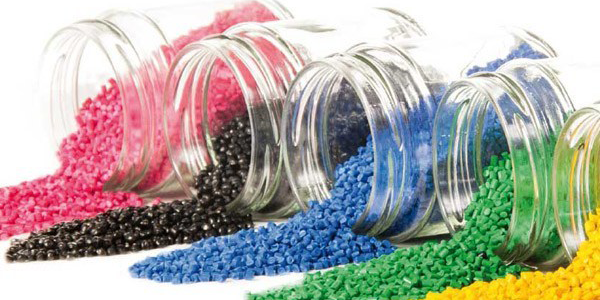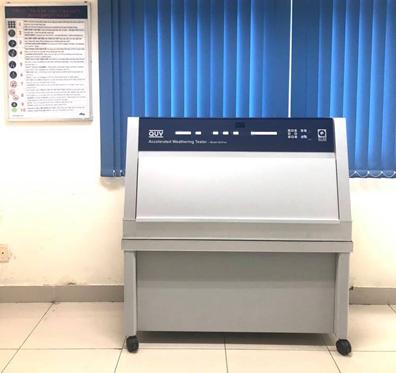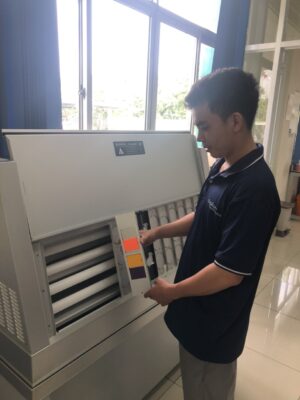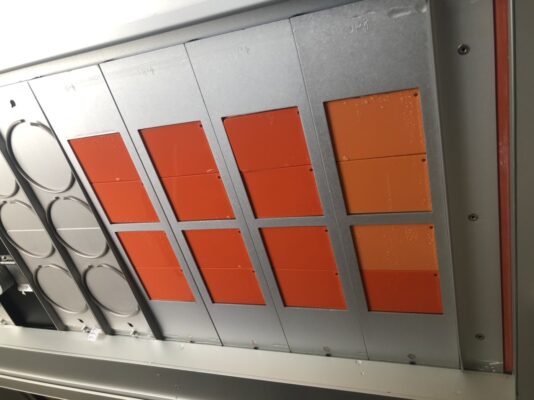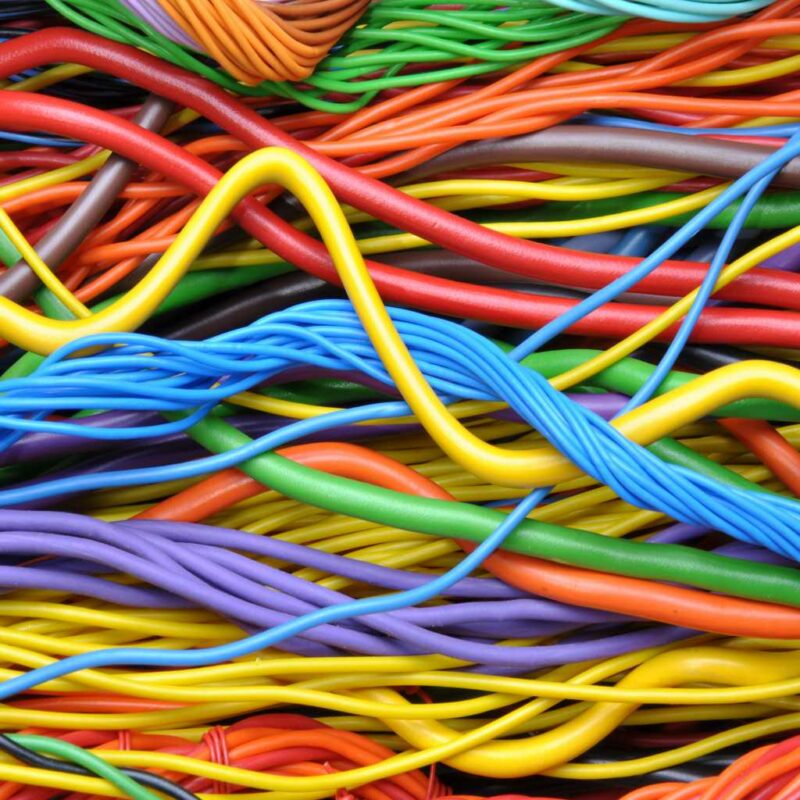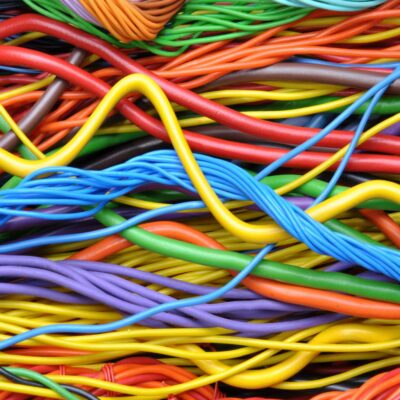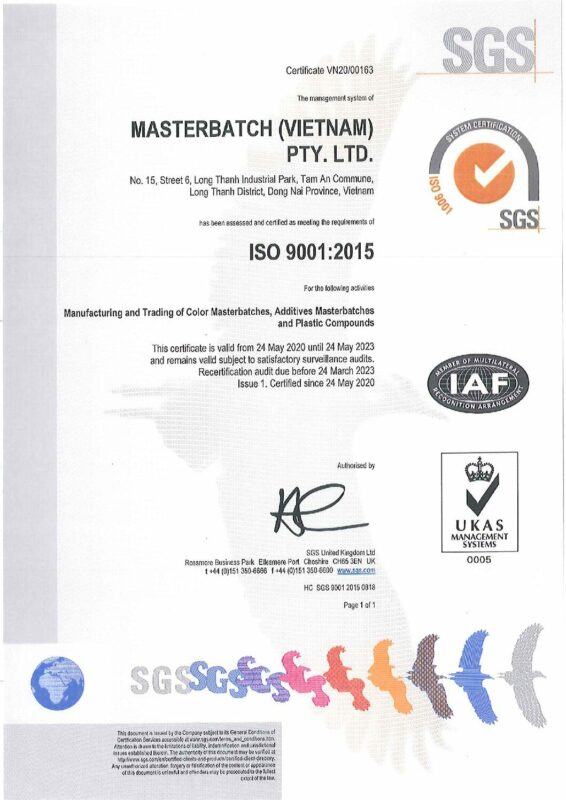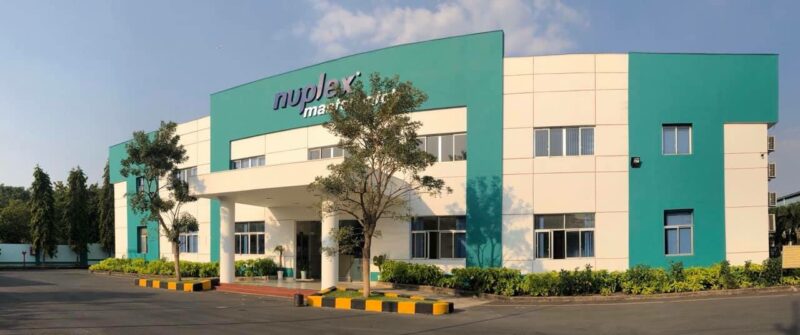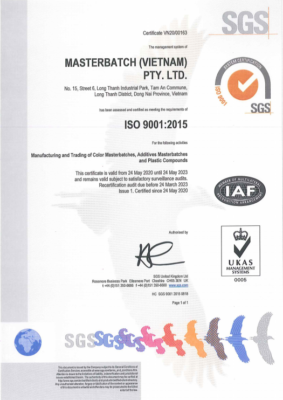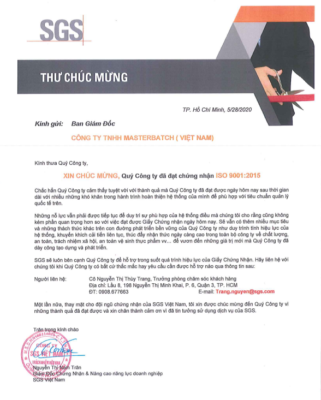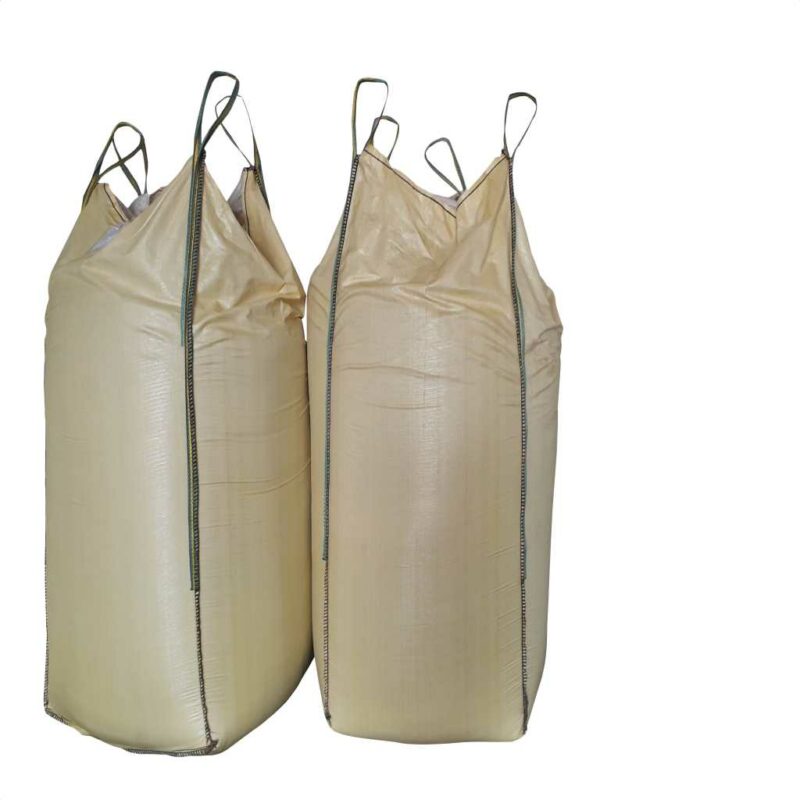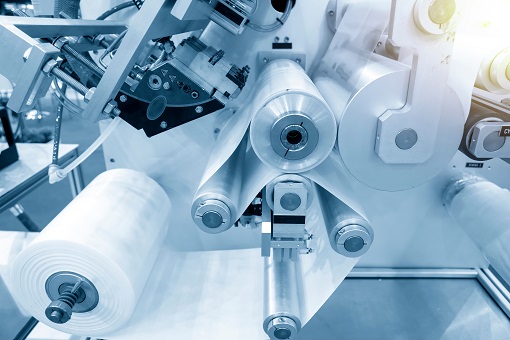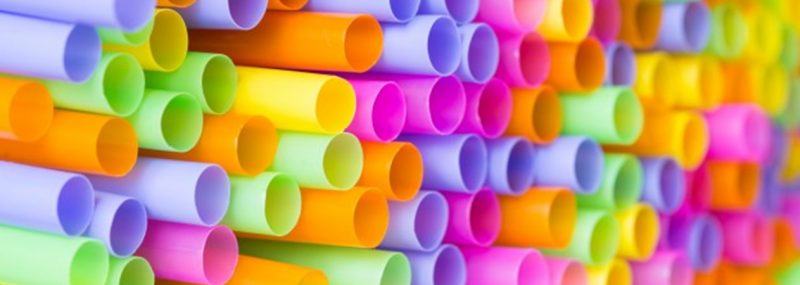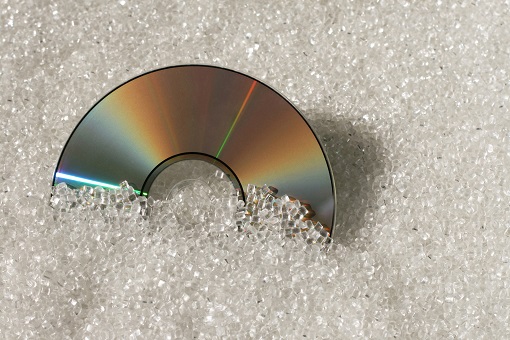The part becomes more rigid as it cools in the mold. Even an essentially rigid material might be successfully ejected from the mold if this function is performed while the part is still soft.
However, the part must also be rigid enough to withstand the force of ejection without enduring permanent distortion.

The point at which the cap is cool enough to eject, yet warm enough to strip off the core, will vary according to the means of ejection employed.
Ejector pins provide very localized forces at the base of the cap. An ejector plate creates an ejection force which is distributed uniformly across the base of the cap. Therefore the cap can be ejected in a softer condition with the use of a stripper plate.
That results in a cycle reduction on the order of 30%, however, the stripper plate adds a significant increment of cost to the tooling.
The amount of force required to eject the part can also be attained through the use of interrupted threads on the bottle cap. By breaking the continuity of the thread, the amount of material which must be stretched to permit removal of the cap from the mold is significantly reduced.
The determining factor in how deep a thread can be stripped is its strain rate.
Continue to Bottle Cap Case Study
The bottle cap will be presumed that it must be made of acrylic for appearance reasons because this polymer can provide a very high level of gloss.
Acrylic is an amorphous thermoplastic with a very low rate of strain. In this case, too low to permit the part to be stripped off the mold. Therefore, the cap would need to be turned off the core of the mold.
Challenges to turn the part off the core
In order to turn the part off the core, an unscrewing mechanism must be employed. There are several ways to go about this, however, all of them incur significant additional cost.
Furthermore, the space required for the mechanism limits the number of cavities which can be placed within a mold base. If the platens of the molding machine have sufficient space, a larger mold base can be used. However, if the mold was already sized to the limits of the platen, the number of cavities will need to be reduced or a larger molding machine will be required.
Either way, fewer bottle caps will be produced with each molding cycle and the machine cost for each cap will be increased, thus reducing the efficiency of the production.
The machine cost will also be increased by the longer cycle necessitated by the time required for the unscrewing mechanism to function. Thus, a cap produced in an unscrewing mold will always have a greater machine cost increment than one which is stripped off a core—all other elements being equal.
A solution for lower production quantities
There is another method for producing internal threads which are too rigid to be stripped off a mold. That involves a core mechanism which collapses.
Such “collapsing cores” are patented and there is an added cost for this mechanism. Molds utilizing these cores cycle nearly as fast as stripper plate molds and the mechanisms require a moderate amount of additional space.
However, these molds are reported to have higher maintenance costs than the other types of molds and are generally thought of as a solution for applications with lower production quantities.
In conclusion, the details of the part design are dependent on the decisions reached as a whole. Clearly the thread design will be dependent on the determination of whether the cap is to be turned or stripped off the core or whether a collapsing core is to be used instead. When appearance is of greater importance than molding efficiency, esthetic requirements may be the determining factor.


 Tiếng Việt
Tiếng Việt

